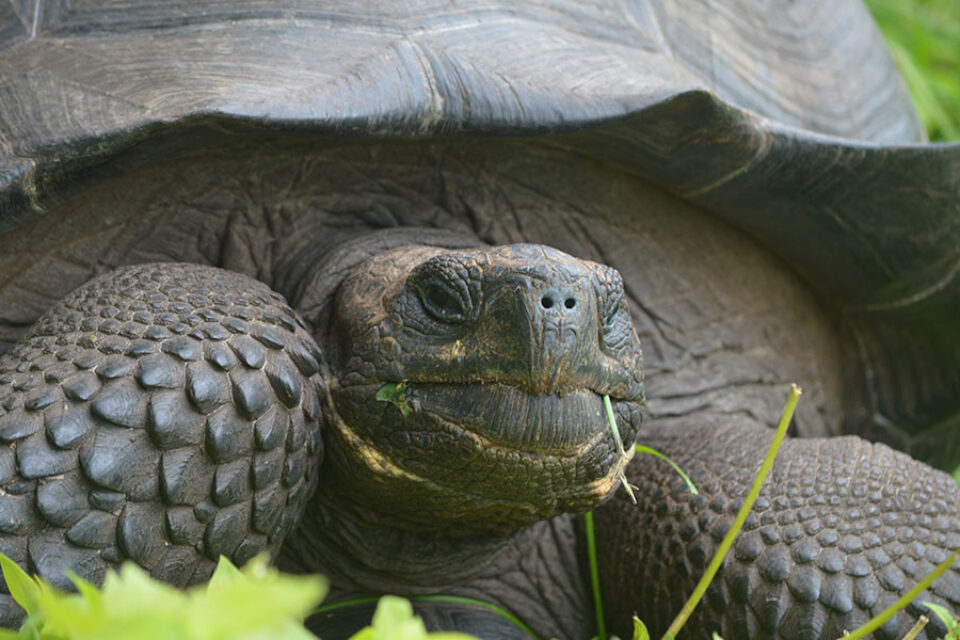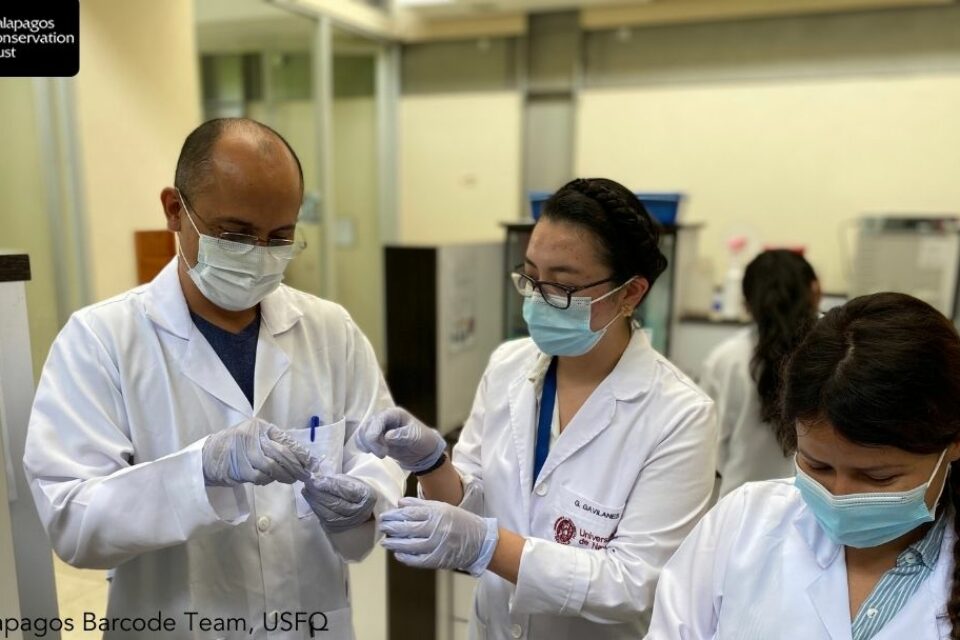

Of rails and daisies
Although the Galapagos rail is a species that is out of sight from most residents and visitors, human activity in the Islands has had an indirect impact on these birds.
I am wearing personal protective equipment from head to toe, like an outfit worn by a scientist working in a radioactive laboratory. But I’m not using PPE to protect myself so much as to protect the sample I am holding from contamination. The small plastic vial in my gloved hands contains a sample of tissue removed from the toe of a bird collected during the California Academy of Sciences expedition to Galapagos in 1905.
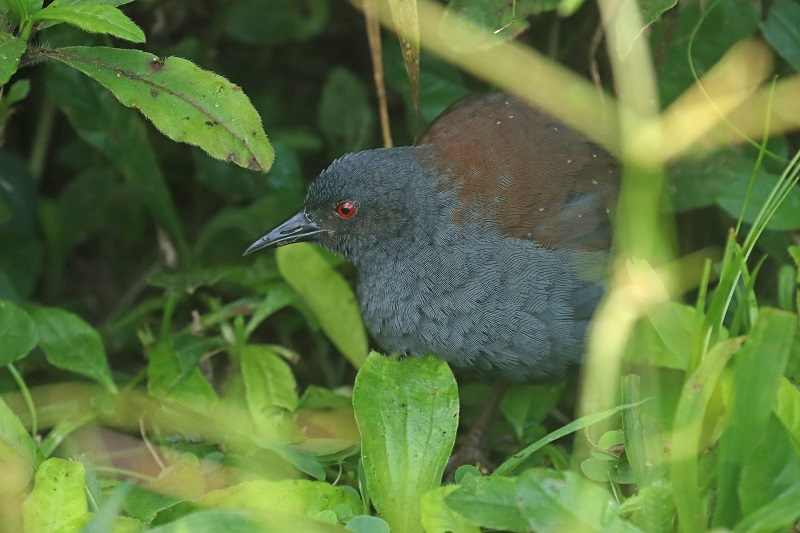
Galapagos rail on Santiago © Michael Dvorak
The tiny fragment of dried skin belongs to one of the most elusive land birds in the Archipelago, the endemic Galapagos rail. The DNA it contains may help unravel the origins of this secretive rarity. During Charles Darwin’s visit to Galapagos in 1835, his first encounter with a rail was in the highlands of Floreana, observing that “this small Water Hen” appeared to be “confined to the damp region.” On Santiago, where he had more time to explore, he found these elusive birds “uttering loud & peculiar Crys” from the undergrowth. The captain of HMS Beagle, Robert Fitzroy, collected some specimens from Floreana, which ornithologist John Gould used to work up his formal scientific description of the species in 1841.
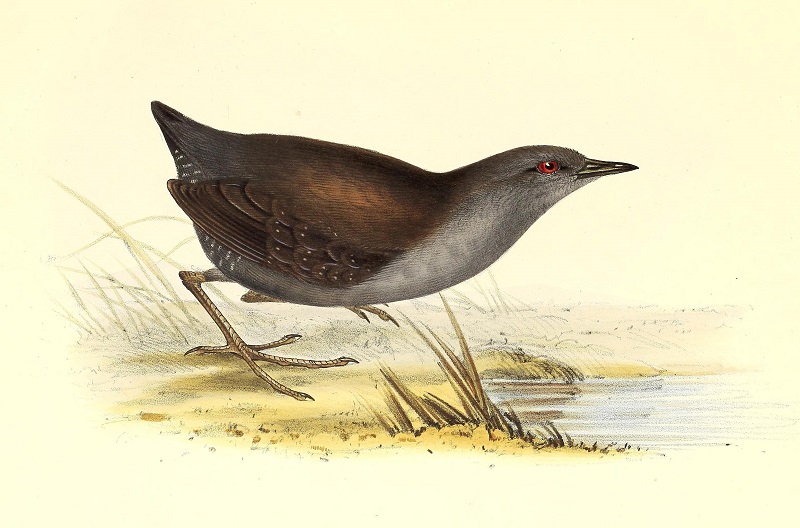
Ornithologist John Gould’s illustration of the Galapagos rail collected by Captain Robert Fitzroy in 1835
Yet the rail’s secretive behaviour, living in some of the most inaccessible parts of the Archipelago, means that its evolutionary origins have remained shrouded in mystery.The DNA extracted from the clip of dry skin from the California Academy specimen reveals that the ancestors of the Galapagos rail probably reached the Islands about 1.2 million years ago, at the time when the Archipelago looked very different and Santa Cruz, San Cristobal, Española and Floreana were probably the only islands above water. In contrast to Darwin’s iconic finches, whose ancestors are thought to have colonised Galapagos at roughly the same time and subsequently evolved into more than a dozen different species, the Galapagos rails that came to occupy seven different islands appear to have remained as a single species. The reasons why this is the case are not fully understood, but one possibility is that the highland habitats on different islands are relatively similar and the selective pressures on the different rail populations are not too intense.

The largest species in the Scalesia radiation, S. pedunculata © Jennifer Linton
Although the Galapagos rail is a species that is out of sight from most residents and visitors, human activity in the Islands has had an indirect impact on these birds. The ground-dwelling, largely flightless lifestyle of the rail means that rats and goats, introduced by humans in the 19th century, posed a significant challenge to rail populations. On many islands, goats stripped away the dense, moist vegetation and bracken associated with rail habitat, resulting in the extinction of these birds from Pinta in the 1970s and probably also Floreana in the 1980s, and causing rail numbers to plummet on other islands, like Santiago. Fortunately, the successful eradication of goats from several islands means that rail numbers have bounced back. DNA samples taken from the five surviving island populations, however, reveal that they are characterised by a low genetic diversity so could be vulnerable to inbreeding or disease. We are working on sampling more museum specimens, including the ones collected by Fitzroy in 1835, which will give us a better idea of the genetic diversity back then and therefore how much of this has been lost.
“The Galapagos rails… appear to have remained as a single species.”
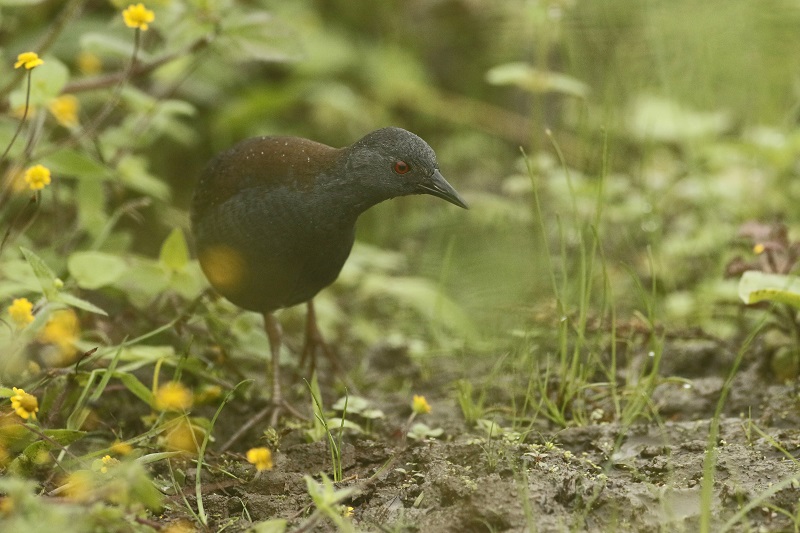
Galapagos rail on Santa Cruz © Michael Dvorak
Alongside our work on the Galapagos rail, we are using similar genetic techniques to get to the bottom of yet another puzzle linked to specimens collected by Darwin from Galapagos: the dramatic radiation of the Scalesia, the giant daisy trees that are the botanical equivalent of Darwin’s finches. Within the endemic Scalesia genus, these plants come in a wide range of shapes and sizes, from small bushes attached to arid cliffs to 20-metre-tall tree-like forms thriving in the wet highlands. But exactly when these species originated and how such diversity came about are questions that have been raised time and again.
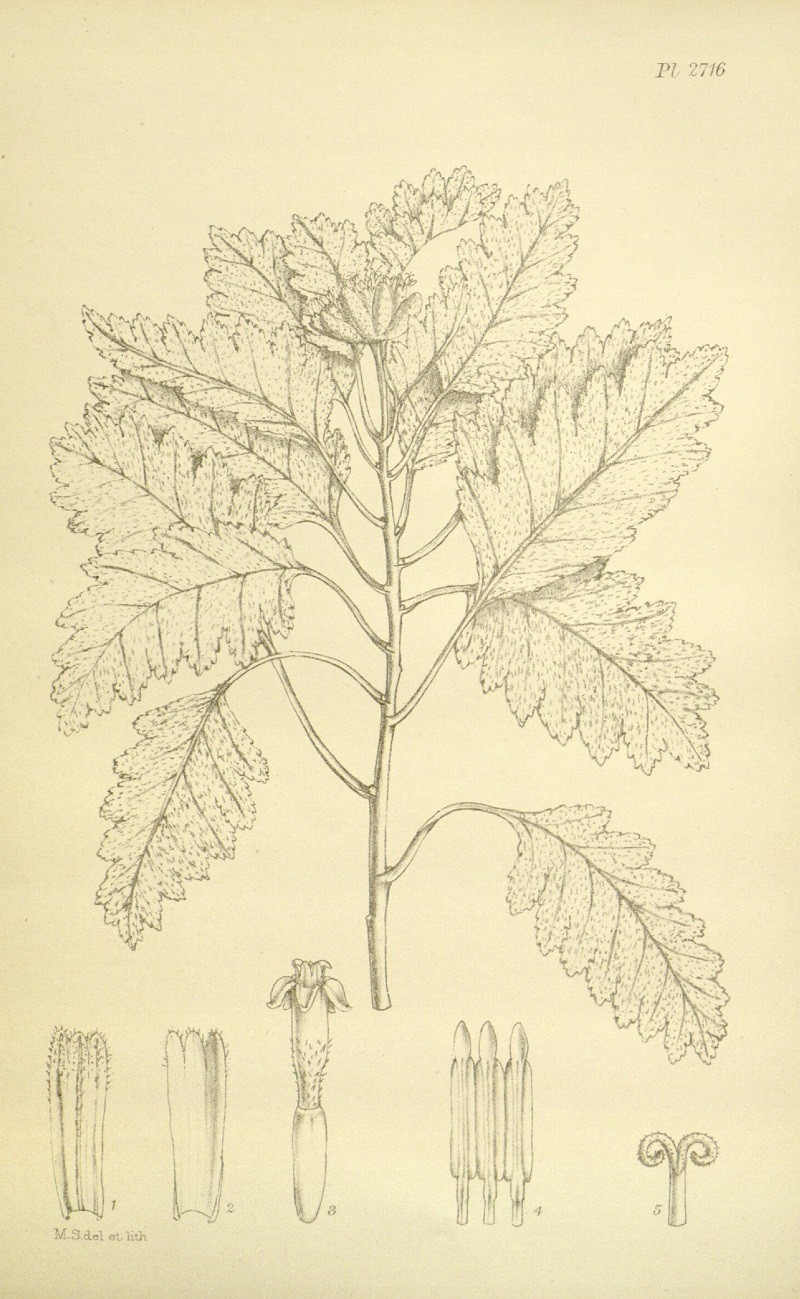
The illustration of the S. incisa specimen collected by Charles Darwin in 1835
In an effort to come up with answers, my colleagues and I have used DNA from all 15 Scalesia species known to science to reconstruct the evolutionary history of these plants. This so-called molecular phylogeny leads us to conclude that the ancestors of Scalesia first reached the Archipelago about three million years ago, but that most of the subsequent speciation occurred relatively recently, within the last one million years. In geological terms, this is a rapid radiation, with similar adaptations emerging repeatedly on different islands. This process, known as ‘convergent evolution’, suggests that similar ecological opportunities on different islands helped select for similar characteristics, such as shrub-like forms on the arid lowlands and tree-like forms in the dripping highlands. This is a little like being given a maths problem and finding several different solutions that all arrive at the same answer. We hope that this
new Scalesia phylogeny will allow the exploration of unanswered questions – old and new – about the evolution of this
remarkable genus.

Scalesia incisa is endemic to San Cristobal and is listed as Vulnerable on the IUCN Red List © Hafdis Hanna Aegisdottir
In these and countless other projects taking place around the world, genetics continue to advance our understanding of the evolution by natural selection as proposed by Darwin in On the Origin of Species. Genetic information is also useful for guiding us towards conservation measures that will improve the management of unique and rare species. Our rail research, for example, will identify which populations are more susceptible to extinction and individuals that could be used to reintroduce rails to Floreana. In the case of Scalesia, some species are threatened with extinction, with very few plants surviving in very remote areas. It is crucial that we find ways to maximise the genetic diversity that we still have, protecting these unique species that were brought to light for the first time by Darwin himself.
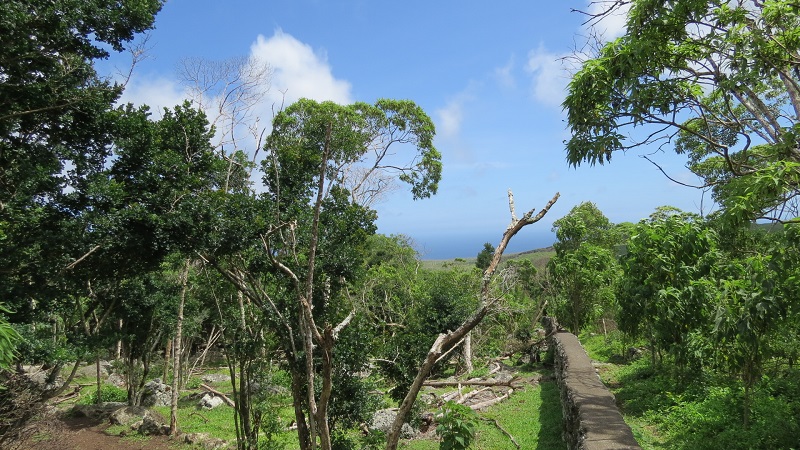
Scalesia trees on Floreana island © Jen Jones
You can read the full Galapagos rail research article here: mdpi.com/1424-2818/12/11/425 and the Scalesia research article here: bit.ly/3pGXTB5
This article was originally published in the Spring/Summer 2021 edition of Galapagos Matters.
How you can help
If you’d like to become a member of Galapagos Conservation Trust from as little as £4 per month, head to our Membership page or make a donation today.
Related articles


Can genetic barcoding offer more than information to the Galapagos Islands? The Barcode Galapagos Project.
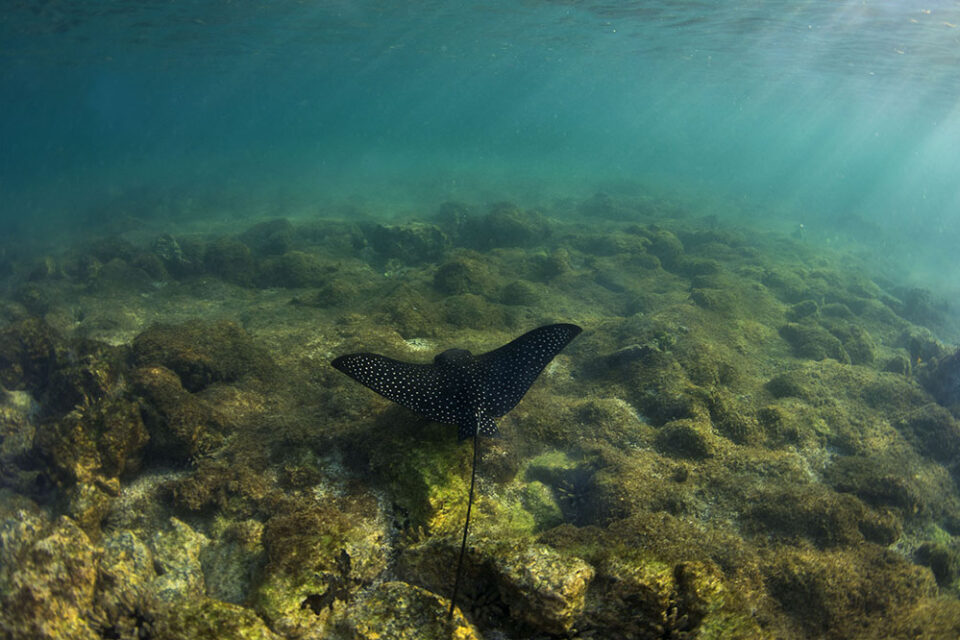
Barriers in a sea of sharks and rays: The role of genetic connectivity in the ocean
